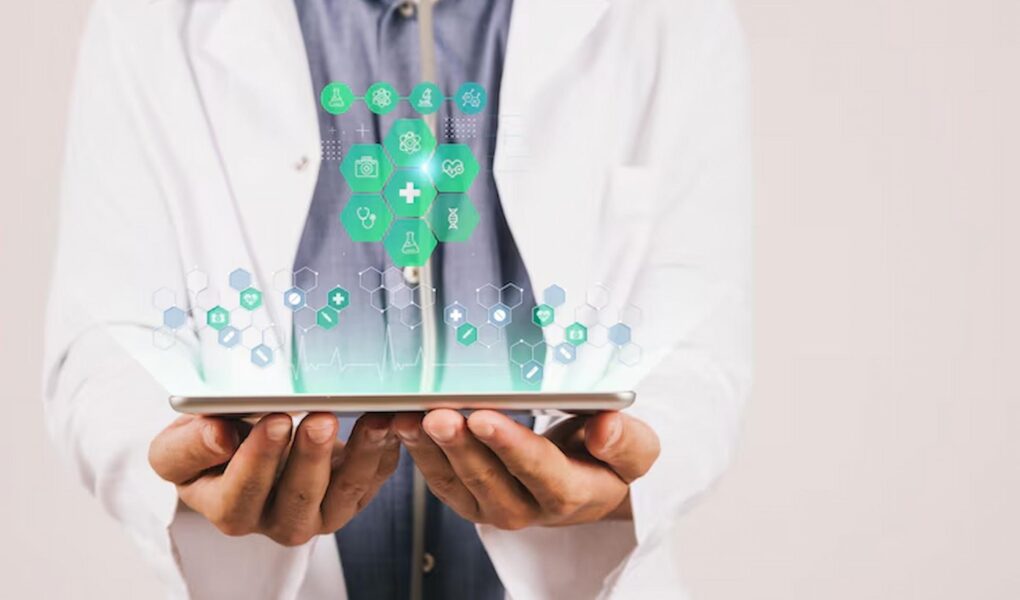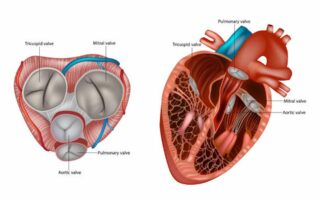Chronic diseases such as diabetes, heart disease, and hypertension have long been leading causes of morbidity and mortality worldwide, with healthcare systems historically focused on managing these conditions after onset, often at great cost and with limited success. A shift in thinking is now underway, driven by leaders like Joe Kiani, founder of Masimo and Willow Laboratories, whose work in non-invasive monitoring and digital health underscores the power of educated healthcare decisions before issues arise. His latest innovation, Nutu™, exemplifies this new approach, offering users an AI-enabled platform that combines real-time data with personalized coaching to help individuals make small, sustainable changes before conditions escalate. By integrating technology into everyday life, platforms like it are transforming chronic disease care, placing proactive, personalized prevention at the center of the health journey.
The following sections identify five emerging technologies that are enabling this shift. Each contributes to a more predictive, accessible, and responsive model of care that can help individuals take meaningful action before chronic conditions develop or worsen.
1. Wearable Health Monitors
Wearable devices have evolved from simple fitness trackers to sophisticated health monitors capable of measuring various physiological parameters. Modern wearables can track heart rate variability, blood oxygen levels, sleep patterns, and even glucose levels, providing users with continuous feedback on their health status. These devices empower individuals to monitor their health proactively, identify trends, and make informed lifestyle choices.
Smartwatches equipped with Electrocardiogram (ECG) capabilities can detect irregular heart rhythms, prompting users to seek medical attention before issues escalate. By facilitating early detection and intervention, wearable technology plays a crucial role in preventing the progression of chronic diseases.
Healthcare providers also benefit from the integration of wearable data into patient care. Remote Patient Monitoring (RPM) systems allow clinicians to track patients’ health metrics continuously, enabling timely interventions and reducing the need for in-person visits. This approach not only enhances patient engagement but also alleviates the burden on healthcare systems by minimizing hospital admissions and readmissions.
2. Artificial Intelligence and Predictive Analytics
The vast amount of data generated by wearable devices necessitates advanced analytical tools to extract meaningful insights. Artificial intelligence (AI) and machine learning algorithms are instrumental in processing this data, identifying patterns, and predicting potential health risks. By analyzing trends over time, AI can alert users and healthcare providers to subtle changes that may indicate the onset of a chronic condition.
For example, AI-driven platforms can assess variations in heart rate variability to predict stress levels or detect early signs of cardiovascular issues. Similarly, machine learning models can analyze sleep patterns and activity levels to identify individuals at risk of developing metabolic disorders. These predictive capabilities enable personalized interventions, allowing users to make lifestyle adjustments before health issues become critical.
AI enhances the scalability of preventive care by automating data analysis and delivering tailored recommendations to a broad user base. This democratization of healthcare information empowers individuals to take charge of their health, fostering a culture of prevention rather than treatment.
3. Telehealth and Remote Patient Monitoring
Telehealth has emerged as a vital tool in extending healthcare access, particularly for individuals in remote or underserved areas. Through virtual consultations, patients can receive medical advice, monitor chronic conditions, and access preventive services without the need for in-person visits. This convenience encourages more frequent interactions with healthcare providers, facilitating early detection and intervention.
RPM complements telehealth by enabling continuous tracking of health metrics such as blood pressure, glucose levels, and weight. Devices transmit data to healthcare providers, who can then assess the information and adjust treatment plans accordingly. This real-time monitoring allows for prompt responses to potential health issues, reducing the risk of complications and hospitalizations.
The integration of telehealth and RPM into chronic disease prevention strategies not only improves patient outcomes but also enhances healthcare system efficiency. By reducing the need for in-person visits and hospital admissions, these technologies contribute to cost savings and better resource allocation.
4. Digital Therapeutics
Digital therapeutics (DTx) represents a new class of interventions that utilize software programs to prevent, manage, or treat medical conditions. These evidence-based solutions often focus on behavioral and lifestyle changes, employing strategies rooted in cognitive behavioral therapy, gamification, and personalized feedback. DTx can be used independently or alongside traditional treatments to enhance patient outcomes.
For example, digital therapeutics targeting type 2 diabetes may provide users with interactive modules on nutrition, exercise, and stress management, coupled with real-time feedback and progress tracking. By engaging patients in their care and promoting adherence to healthy behaviors, DTx can effectively prevent disease progression and improve quality of life.
Empowering individuals to take control of their health requires more than just access to data. It demands tools that translate that data into meaningful, actionable guidance. It is the vision behind Nutu, a platform designed to meet people where they are and support real, lasting change.
Joe Kiani, Masimo founder, shares, “Our goal with Nutu is to put the power of health back into people’s hands by offering real-time, science-backed insights that make change not just possible but achievable.” His perspective underscores the importance of blending technology with personalized support to create effective, scalable solutions.
5. Personalized Medicine and Genomics
Advancements in genomics and personalized medicine enable more precise approaches to chronic disease prevention. By analyzing an individual’s genetic makeup, healthcare providers can identify predispositions to certain conditions and tailor prevention strategies accordingly. This personalized approach allows for targeted interventions that address specific risk factors, enhancing effectiveness.
For instance, genetic testing can reveal a person’s susceptibility to conditions like hypertension or type 2 diabetes, prompting early lifestyle modifications and monitoring. Pharmacogenomics, the study of how genes affect a person’s response to drugs, can also inform medication choices, reduce the risk of adverse effects and improve treatment efficacy.
The integration of genomics into preventive care represents a significant step toward more individualized and proactive healthcare. As our understanding of genetic influences on health continues to grow, personalized medicine will play an increasingly vital role in preventing chronic diseases.
Building a Preventive Healthcare Future
The convergence of wearable technology, artificial intelligence, telehealth, digital therapeutics, and personalized medicine is transforming chronic disease prevention. These innovations empower individuals to take control of their health, facilitate early detection of risk factors, and enable timely interventions. By shifting the focus from treatment to prevention, healthcare systems can improve patient outcomes, reduce costs, and enhance overall population health.
As we continue to embrace these emerging technologies, collaboration among healthcare providers, technology developers, policymakers, and patients will be essential. Together, we can build a more proactive, personalized, and effective approach to preventing chronic diseases, leading to healthier communities and a more sustainable healthcare system.




